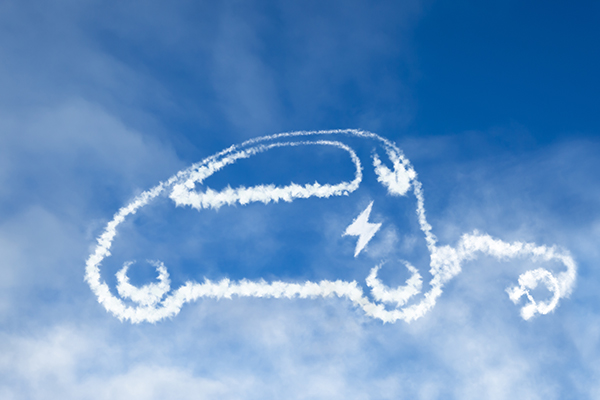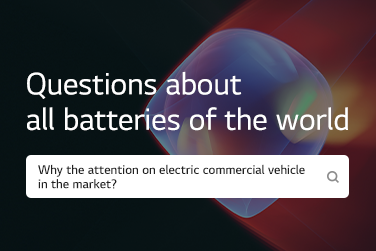✍
Seungmin Jeon,
Science journalist
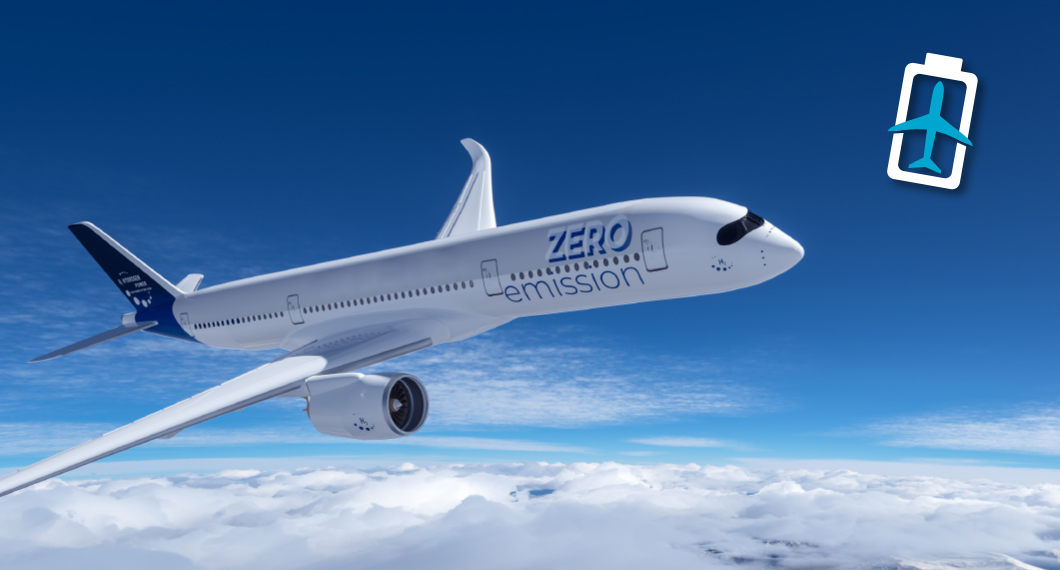
Automotive technology today is already pleasant and comfortable. Nonetheless, people anticipate and plan for the era of electric vehicles because of the benefits they provide. In the age of electric vehicles, improving performance will become less complicated. It will also reduce the possibility of failure because it has fewer parts. It will also help reduce noise and vibration. Above all, electric vehicles emit no pollutants into the environment while driving! Pollutants emitted by internal combustion engines are now a serious issue that must be addressed as soon as possible. Airplanes are no exception.
Are Airplanes the Next in Line After Automobiles?
Which is better, an electric car or a car powered by an internal combustion engine? For now, there are both advantages and disadvantages. Electric vehicles outperform internal combustion engines in many ways, such as top speed, acceleration performance, and ease of maintenance. However, the issue is the range and charging time. Most electric vehicles have a range of less than 500 kilometers. To travel this far, you’ll need to charge for at least a few tens of minutes, if not more than a day. In terms of convenience, it is incomparable to internal combustion engine cars, which can travel more than 1,000 kilometers after refueling in less than 5 minutes. Of course, few people disagree that electric vehicles will dominate the future. Many people believe that as technology advances, electric vehicles will outperform internal combustion engine vehicles in terms of convenience.
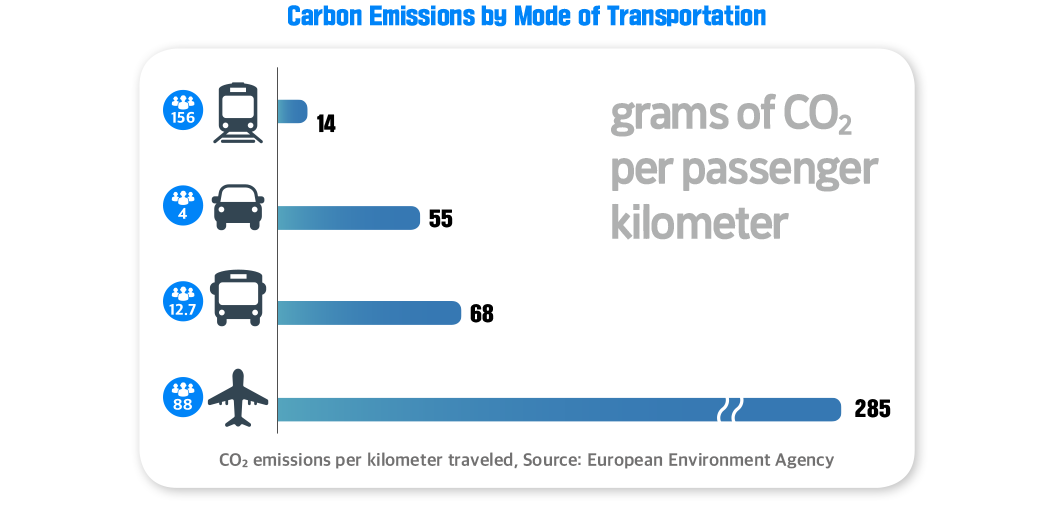
Why Aren’t Electric Planes Commercialized?
Building an electric airplane is not difficult. Simply replace the engine with a motor and the fuel tank with a battery. However, driving distance is a greater challenge for airplanes than electric vehicles. A car that runs out of gas simply stops, but a plane crashes to the ground. It’s challenging to think of a more useless object than short-range airplanes.
On the other hand, internal combustion engine airplanes have a significant advantage in this regard. The more you fly, the more fuel you burn, and thus the efficiency improves. In other words, if you successfully take off with a full tank of fuel, you can fly a long distance. In contrast, an electric airplane must fully charge its battery before taking off. The liquid and metal inside the battery make it extremely heavy and won’t get any lighter till the plane touches down.
Furthermore, to fly a long distance, a large battery is required. So the more you try to fly a large airplane in the sky for long-distance travel, the faster the efficiency drops. With current technology, long-distance international flights would still be impossible, even if the plane carried batteries weighing more than passengers or luggage.
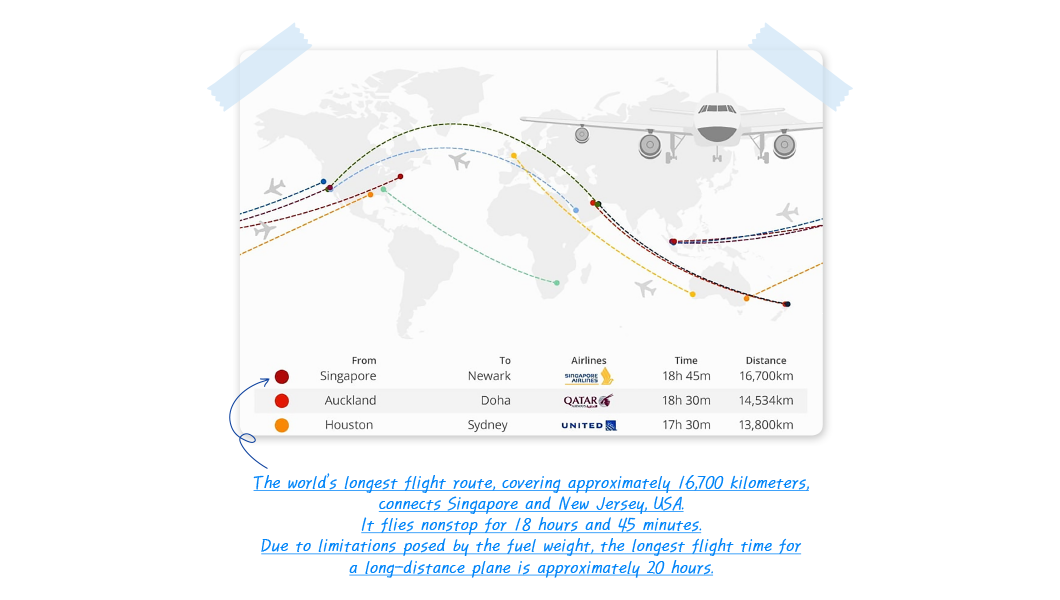
With the rapid development of highly efficient electric motors and batteries and fuel cell systems capable of producing electricity while in the sky, expectations are growing that most airplanes will be electric in the future. In fact, an aircraft has an advantage over a car because charging is less of a hassle. Individuals must frequently recharge electric vehicles as needed. So, people can drive around electric cars when the related infrastructure is in place. On the other hand, planes arrive and depart from airports. All preparations can be completed at the airport once they land. This means that commercialization could be much faster.
The Battery System Will Be the Standard for Short-Distance Travel
Urban Air Mobility (UAM) is anticipated to be the first electric airplane to offer commercial service. A UAM, also known as a drone taxi, is a small aircraft that can only transport 7 to 8 passengers.
In terms of technology, it is already in the commercialization stage. Countries are reviewing the system and navigation system. It is expected to become a widely used service within the next decade or so. Companies such as Hyundai Motor Company, Hanwha, and SK Telecom are already actively conducting pilot projects in Korea. It is a fantastic small electric airplane service that could fly you to Incheon International Airport in about 10 minutes from the roof of a downtown Seoul building.
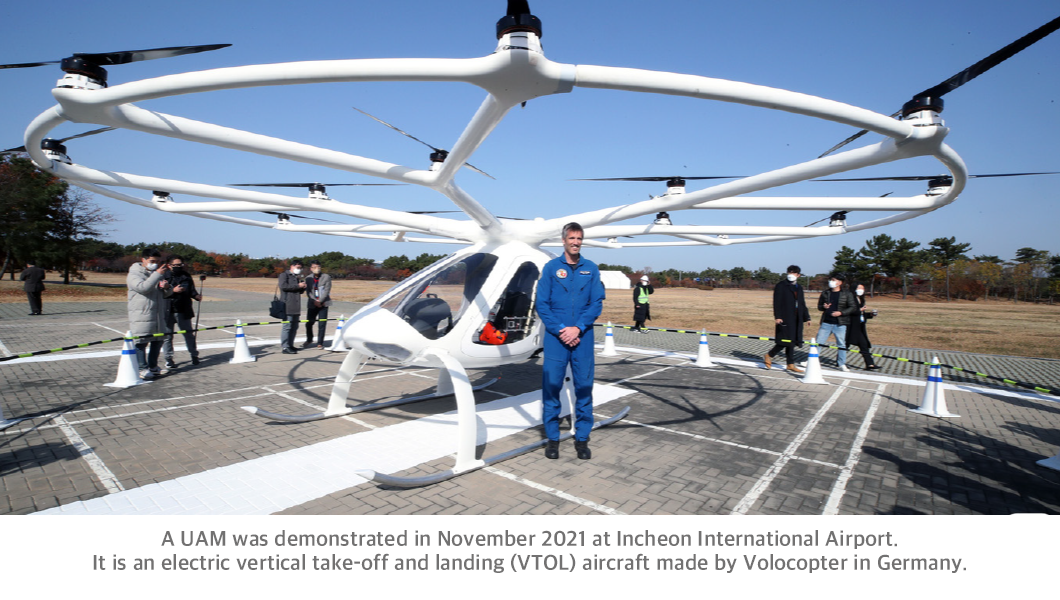
Further research is underway to replace small planes with electric planes. In November 2021, the British company Rolls-Royce announced that its electric airplane had achieved 555.9 km/h. It also reached a height of 3,000 meters in 202 seconds after takeoff. This is more than double the previous maximum speed of 213 km/h. According to the company, the time it takes to reach 3,000 meters has been reduced by one minute. The company has not disclosed accurate data on cruising distance. So it may still be a long way from being commercialized. However, it is encouraging that the research and development is continuing. In addition, YASA, a subsidiary of Mercedes-Benz, also participated in the project.
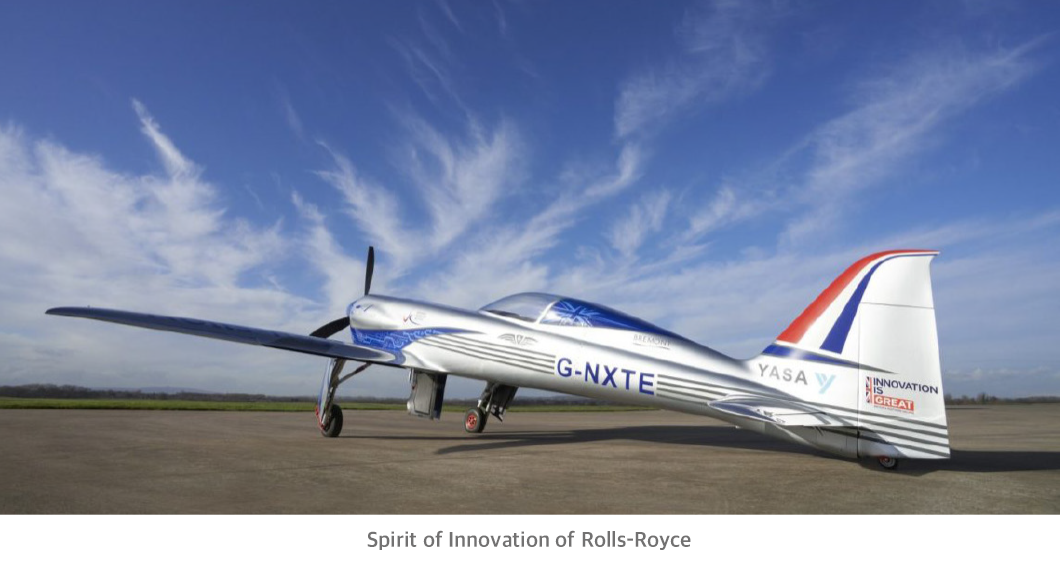
Competition for Short-Distance Aircraft Is Heating Up
Many companies are working on short-range electric planes. Airflow, an American company, manufactures short-haul cargo and passenger planes. Beta Technologies, also an American company, plans to launch an electric VTOL cargo transport plane within the following year. Heart Aerospace, a Swedish company, is also working on a 19-seater electric airplane capable of flying 400 kilometers. It appears that it will fly for approximately 30 to 40 minutes. In addition, New York-based Light Electric intends to develop a plane capable of carrying 100 passengers for an hour by 2026.
Along with this technological trend, there is a movement to replace short-haul planes with electric planes. Norway has decided to make all short-haul planes electric by 2040. Widere, the largest airline operating in Scandinavia, has announced its plans to launch paid commercial services for electric planes commuting to and from local cities in 2026.
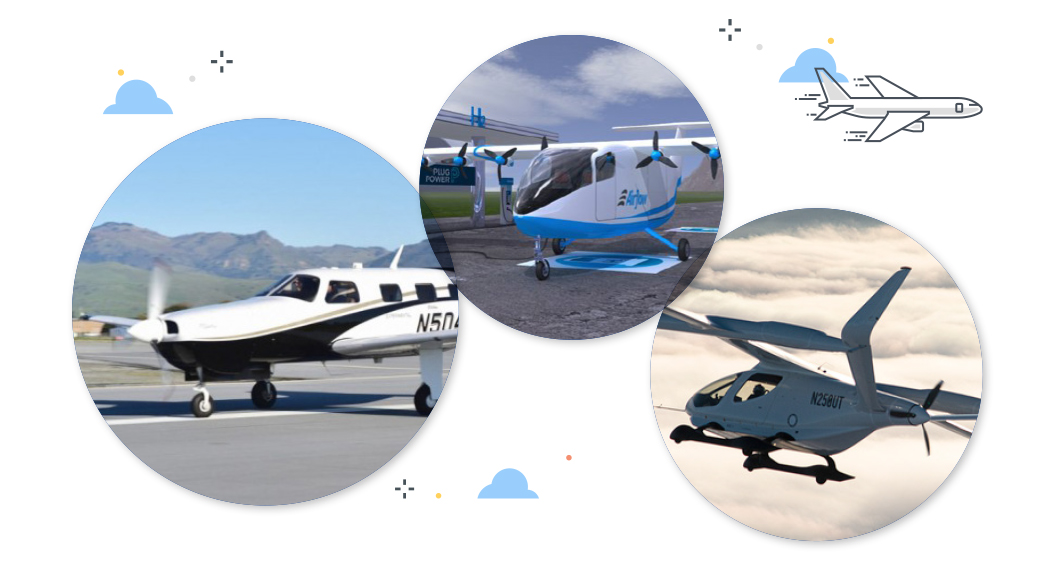
Fuel Cells: A Solution to Electric Planes’ Main Weakness
To take electric airplane performance to the next level, next-generation batteries must be developed. Airplanes need adequate time on the ground for inspection. As a result, high charging capacity is more critical than fast charging speed. In other words, lithium-sulfur batteries or lithium-air batteries, which have the advantage of ultra-high-capacity charging, will become mainstream rather than aluminum-based batteries, which have the benefit of ultra-fast charging. However, it is difficult to overcome its inherent limitations even with such a battery. The technology would have a significant impact on short-range and small aircraft efficiency, but many predict that applying it to intercontinental long-distance aircraft will be difficult.
As a result, the hydrogen fuel cell is gaining popularity as a technology capable of resolving this issue while minimizing environmental impact. It powers an airplane by rotating a motor with hydrogen electricity. In other words, it is an electric airplane that carries a pollution-free generator inside while flying through the sky. Hydrogen is extremely light. Four hundred kilograms of diesel fuel can produce the same amount of energy as 8,000 liters of hydrogen gas at 250 Atmospheres, which weighs only 150 kilograms. This implies a 2.8 times reduction in fuel weight. The Boeing 747, a typical large aircraft, can hold 216,840 liters of aviation fuel. It would be revolutionary in many ways to replace the fuel system of these aircraft with hydrogen and electricity.
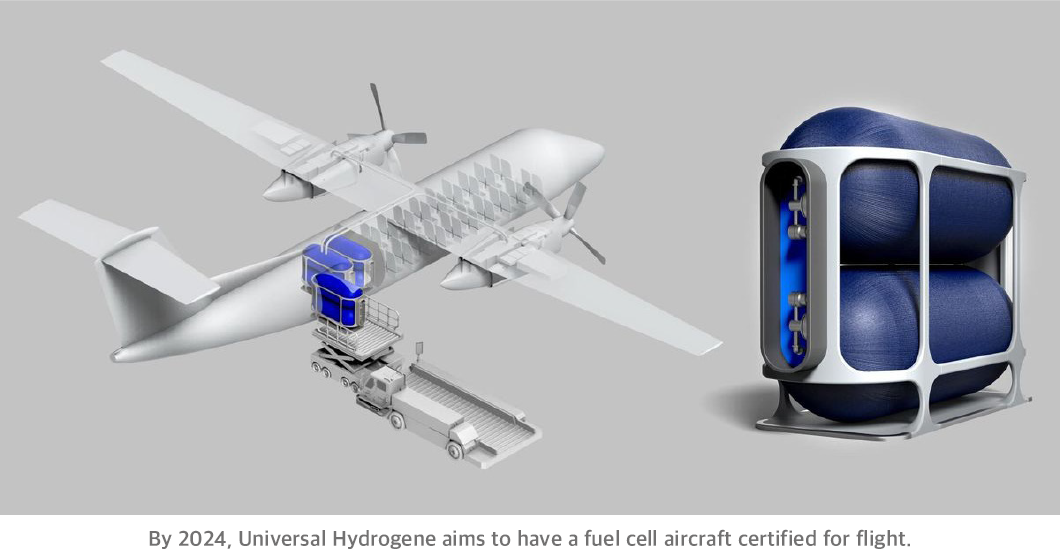
American company Universal Hydrogene is the leading developer of hydrogen fuel cell aircraft. It is developing technology that can replace existing large airplane power systems with hydrogen fuel cells and electric motors. Furthermore, the UK’s Zero Avia plans to fly a 10 to 20 seater prototype for the first time this year. If such a system is widely adopted, it would be possible that one day the majority of international flights will be replaced by electric aircraft.
Today, many are calling for an end to the internal combustion engine. The same goes for airplanes.
As airplanes became the norm, the time will come when pollution-free electric airplanes become the next new normal.
※ The views expressed are the writer’s alone and do not necessarily reflect the opinion or strategy of LG Energy Solution.
